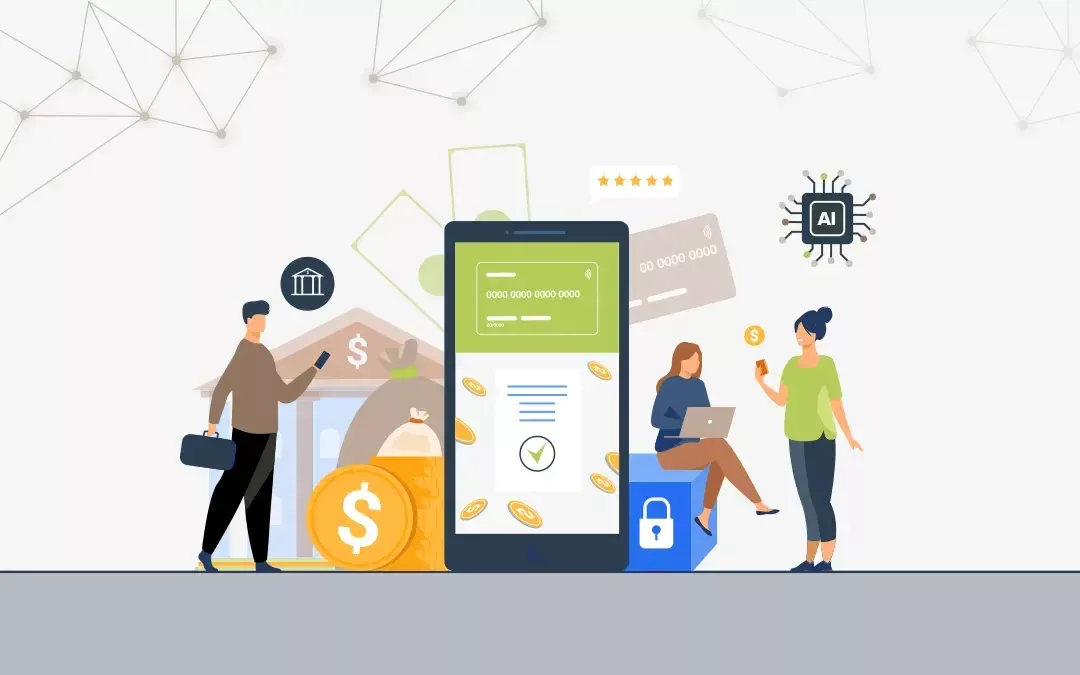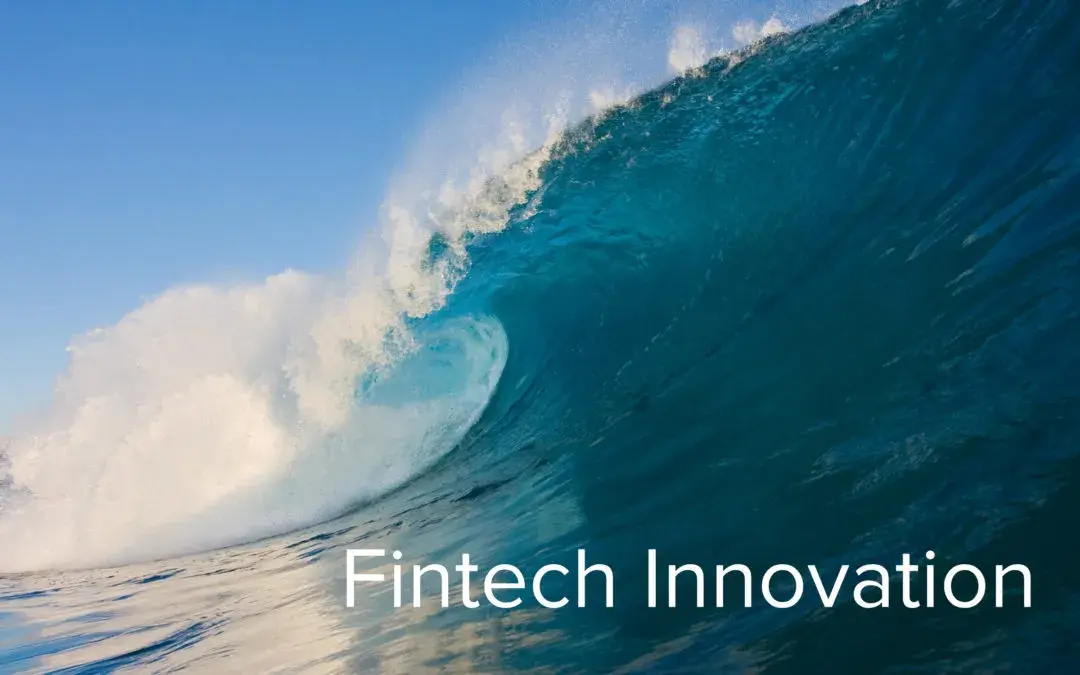For decades, we have been customers to banks where visiting physical branches was a daily affair. We had to deal with a lot of paperwork and tedious processes while standing in long queues. The uptake of mobile technologies has caused a shift towards more direct and quick interactions with financial products and services.
Today, financial services are undergoing a momentous transformation, significantly driven by the technological advancements pervading in the industry. We are seeing ‘Fintechs’ seeking to disrupt the traditional businesses using technologies like artificial intelligence (AI), data science, and blockchain etc. These technologies allow businesses to draw new revenue streams by putting customer data to build, target, and market their products and services. Peer to peer lending, API-enabled Open Banking, digital currencies, AI chatbots, and new payment systems – there seems to be no ending to the advancements we see nowadays.
Here are 3 ways technology is possibly transforming the financial landscape.
1. Highly focused products and services
The financial market today offers many customer-centric products and services, thanks to the latest technologies and regulations. Banks and Fintechs are adopting the approach of putting customer requirements as the focal point. The emergence of open banking and API-enabled data sharing has opened up various ways for financial institutions to put the consumer in more control of which:
- products and services they wish to avail
- the channel they wish to choose to buy a product or a service.
Read more about how Open Banking is enabling the customer-centric approach for banks and TPPs.
Today, banks are focusing more on enhancing their websites and channels through analytical tools to offer a personalized experience instead of one fit for all approach. It helps to identify consumer behaviour and usage patterns to enable more targeted products, offers, and marketing.
Automation of several services and customer support (AI-enabled chatbots) has already become an integral part of the financial landscape. It brings extra flexibility to consumers as they now can avail any required service whenever they feel like. Additionally, it has shrunk the wait times from days to hours and hours to minutes with reduced margins of errors.
2. Data-driven decisions
“Data is the new gold” – This can be rightly said for the modern financial world.
The current explosion of the volume of data coupled with new tool and technologies to collect, process, and interpret data has created a world of new opportunities for banks and Fintechs. While this data was already available with banks, what was missing was the technology to decode the data to drive decisions and create more relevant services. Banks, insurance companies, lending platforms and other financial institutions can harness these vast sets of data to transform into data-driven enterprises. That is where technologies like Big Data, AI and ML step in. They foster changes to traditional approaches and produce more in-depth insights and behavioural patterns that enhance the experience for both customers and businesses.
Blockchain is another technology that can accelerate data-driven decisions for banks and Fintechs by offering a real-time, secure, and transparent way to share data. Major banks and tech startups in the finance sector have already started exploring and implementing blockchain, owing to what it can offer.
Read more in our latest ebook where we talk about different use cases of blockchain in the banking and finance industry.
3. Digital currencies and faster payments
As the world moves closer to a more digital lifestyle, people are looking towards a completely cashless experience. The need for convenience, security and speed in payments have caused a shift in the way we pay for goods and services. It has further accelerated as the world fights against the COVID-19 pandemic and the demand for digital has increased tremendously.
- Mobile wallets, peer to peer applications has enabled users to make payments sitting right in their couches. It has also taken online money lending to a step ahead.
- Biometric authentication can be a game-changer in the payments sector as it takes security to the next level.
- AI and voice technology has already begun a whole new shopping experience where consumers can shop online or buy a pizza just by asking their ‘assistants’.
Cryptocurrencies like Bitcoin and Ether have paved the way to what we call now ‘digital currencies’. Businesses are now looking for more regulated and asset-backed digital currencies that can be used to make day to day payments. Several governments, in collaboration with technology giants and banks, are exploring blockchain and other technologies to build a fast, secure, and robust digital payment system.
Stablecoins
Stablecoins have gained a lot of traction in the finance world. They offer the best of both worlds – high speed and security of cryptocurrencies and stability of fiat currencies. Read more in our detailed guide to stablecoins.
CBDCs
Central Bank Digital Currencies or CBDCs are digital currencies launched by a central bank. They are backed by monetary reserves like gold. They represent the digital form of a traditional fiat currency of a nation. Click here to know more about CBDCs.
Conclusion
The financial world we are into is continuously evolving to offer new revenue streams for businesses and superior user experience to customers. Although technology brings many advantages, there are certain risks associated with it. Cybersecurity becomes a highly critical aspect to consider. Businesses may face challenges to keep their customer data secure and minimize the chances of frauds and cyberattacks. However, it’s their approach and strategy that will decide the success of an organization in this modern financial landscape.




